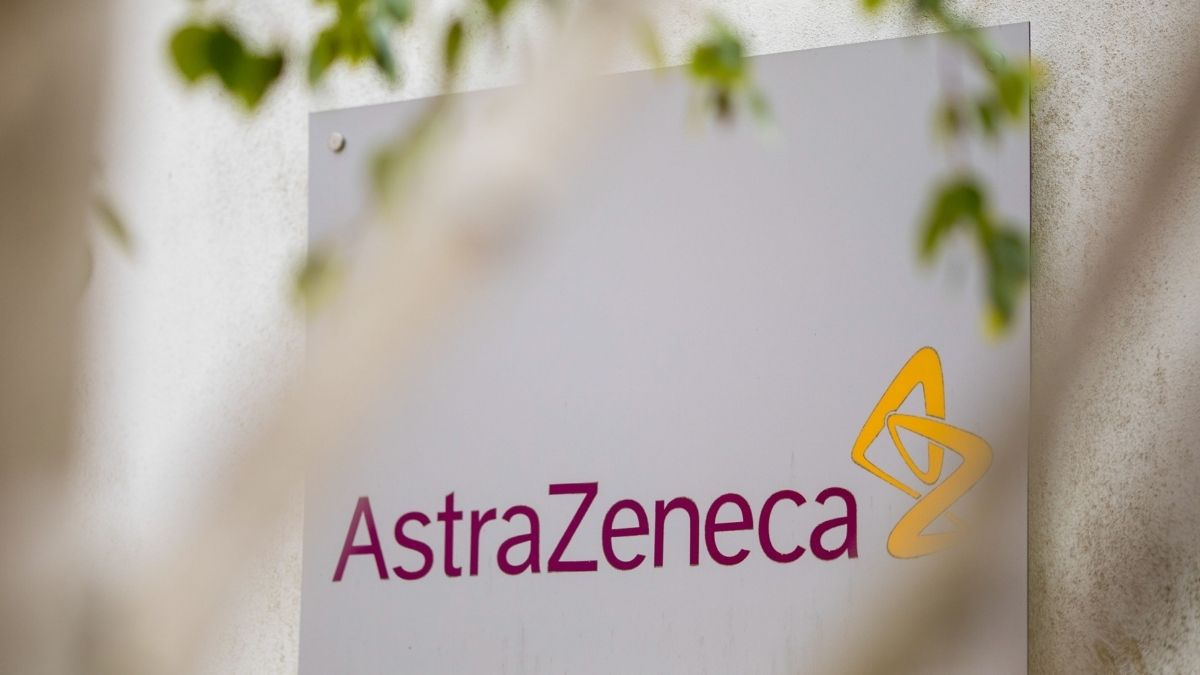AstraZeneca and the University of Oxford acknowledged a manufacturing error on Wednesday that is raising questions about the preliminary results of its experimental vaccine against COVID-19, which is the one to be packaged in Mexico.
The statement describing the error came days after the company and the university described the injections as “highly effective” and failed to mention why some study participants did not receive the full vaccine dose in the first of the two injections that were applied to them.
Surprisingly, the group of volunteers who received one lower dose appeared to be much better protected than the volunteers who received two full doses.
In the low-dose group, AstraZeneca said, the vaccine appeared to be 90 percent effective . In the group that received two full doses, the vaccine appeared to be 62 percent effective . Combined, the drug manufacturers said the vaccine appeared to be 70 percent effective . But the way in which the company and the university arrived at the results and reported them has led to specific questions from the experts.
The partial results announced Monday come from large ongoing studies in the UK and Brazil designed to determine the optimal vaccine dose, as well as examine safety and efficacy. Multiple combinations and doses were tested in the volunteers. They were compared to others who received a meningitis vaccine or a saline injection.
Do the researchers want to give half a dose?
Before beginning an investigation, scientists detail all the steps they are taking and how they will analyze the results. Any deviation from that protocol can cast doubt on the results.
In a statement issued Wednesday, the University of Oxford said that some of the vials used in the trial did not have the appropriate concentration of vaccine, so some volunteers received half doses. The university said it discussed the problem with regulators and agreed to complete the last stage of the trial with two groups. The manufacturing issue has been corrected, according to the statement.
Experts say the relatively small number of people in the low-dose group makes it difficult to know whether the observed efficacy in the group is real or a statistical quirk. About 2,741 people received a half dose of the vaccine followed by a full dose, AstraZeneca said. A total of 8,895 people received two full doses.
Another factor: none of the people in the low-dose group were over 55 years old. Younger people tend to elicit a stronger immune response than older people, so it could be that the youth of the participants in the low-dose group was the reason it looked more effective, not the size of the dose.
Another point of confusion comes from the decision to pool the results of two groups of participants who received different dosage levels to achieve an average effectiveness of 70 percent, said David Salisbury, associate member of the global health program in the expert group of Chatham House.
“He has taken two studies that used different doses and created a compound that does not represent either dose,” he said of the figure. “I think a lot of people are having a problem with that.”
Why would a smaller first dose be more effective?
The Oxford researchers say they are not sure and are working to find out why.
Sarah Gilbert, one of the Oxford scientists leading the research, said the answer is likely related to providing exactly the right amount of vaccine to trigger the best immune response.
I think it’s the amount of Goldilocks you want, not too little, not too much. Too much could also give you a poor quality response, ”he said. “So you want just the right amount and it’s a bit hit and miss when you’re trying to go fast to get the perfect first time.”
Details of the trial results will be published in medical journals and provided to UK regulators so they can decide whether to authorize distribution of the vaccine.
Those reports will include a detailed breakdown that includes demographic and other information about who got sick in each group, and will provide a more complete picture of how effective the vaccine is.
Moncef Slaoui, who leads America’s coronavirus vaccination program, Operation Warp Speed , said Tuesday in a call with reporters that U.S. officials are trying to determine which immune response the vaccine produced and may decide to modify the AstraZeneca study in the United States to include half doses.
“But we want it to be based on data and science,” he said.
European Union plans to start vaccination against COVID-19 at Christmas
We still haven’t gotten out of one … and Bill Gates ‘predicts’ when the next pandemic will arrive



 Bitcoin
Bitcoin  Ethereum
Ethereum  Tether
Tether  XRP
XRP  Solana
Solana  USDC
USDC  TRON
TRON  Lido Staked Ether
Lido Staked Ether  Cardano
Cardano  Avalanche
Avalanche  Toncoin
Toncoin